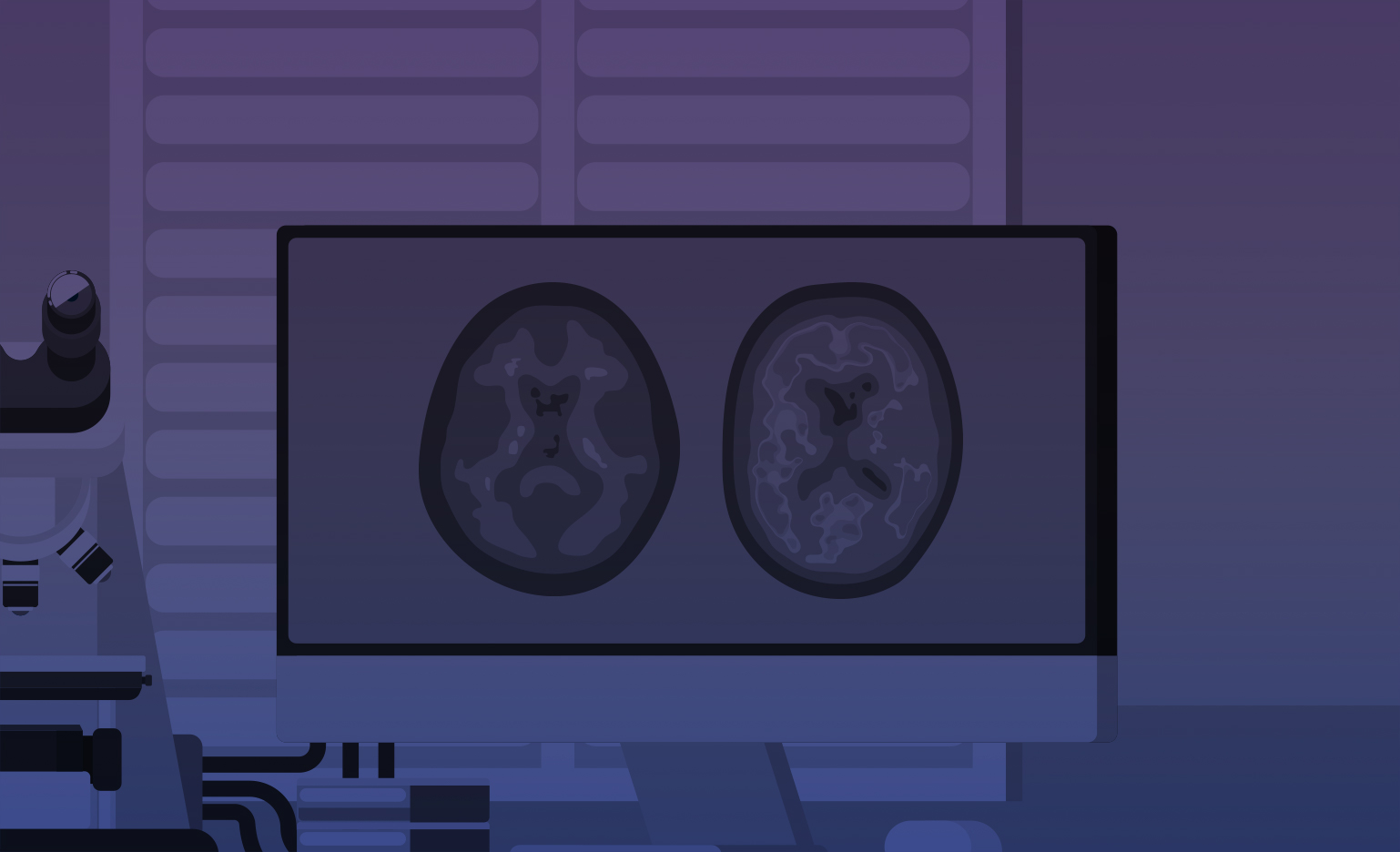Vivreon Biosciences, LLC
Vivreon Biosciences, LLC
Lead Optimization and Pre-Clinical Development of CRAC Channel Inhibitors for the Treatment of Alzheimer's Disease
Microglia in the central nervous system have the important role of detecting and defending against infectious pathogens in the brain. However, when the brain microglia are incorrectly activated, or activated for a long period of time, microglia lose their beneficial roles and become damaging to the very brain tissue they are intended to protect. This sustained and excessive microgliosis damages vital nerve cells, resulting in reduced brain function and chronic neurodegeneration. Microgliosis is clearly evident in Alzheimer's disease (AD), and is triggered and amplified by abnormal amyloid β and tau protein deposits, correlating with long recognized signs of AD pathology. Vivreon is developing an entirely new class of therapeutics that easily enter the brain and reduce chronic microglial activation by targeting an essential inflammatory signaling pathway, the Ca2+ release activated Ca2+ (CRAC) channel. The CRAC channel is an exciting pharmacological target for the treatment of AD due to its restricted gene expression and essential role in chronic neuroinflammation. Vivreon candidate molecules reduce brain microgliosis in animal models of neuroinflammation and improve the general condition of the animals. Our compounds are the first to show early success by targeting this CRAC channel mechanism of brain resident microglial cell activation. To move these early promises closer to a treatment we request funds from this ADDF grant to i) synthesize, identify, and characterize a clinical candidate molecule with optimal drug like properties and potency towards the microglial CRAC channel Ca2+ influx pathway, and ii) use AD animal model testing to demonstrate neuroprotection following oral administration. The ideal clinical candidate will preserve current distribution into the brain, have improved potency against the target of at least 500 nM, have a half-life in the system of 6-18 hours and have no unacceptable side effects, all as measured in assays predictive of activity in humans.

